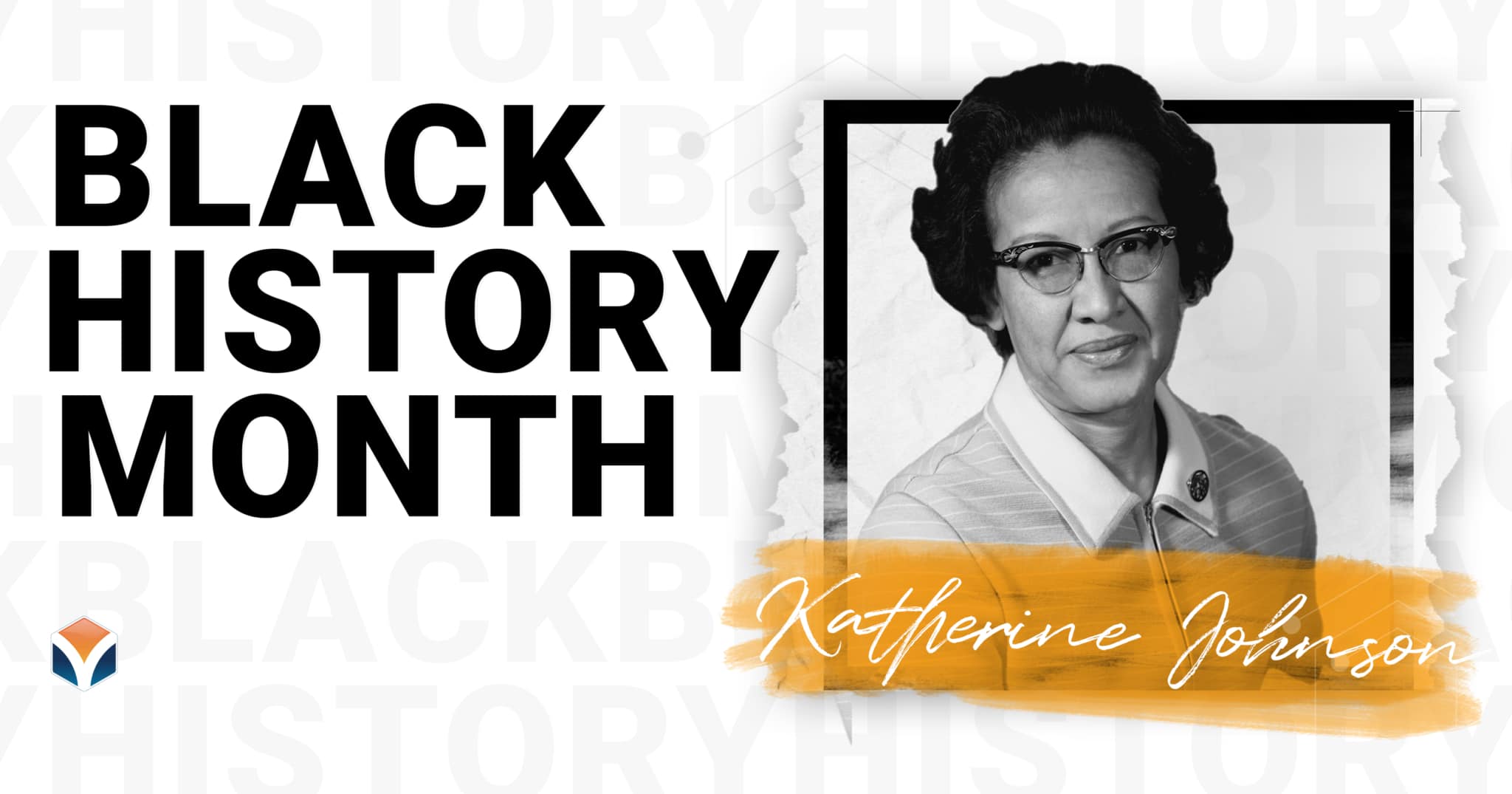Celebrating Black History Month: The Legacy of Katherine Johnson
In honor of Black History Month, we celebrate one of the most influential figures in the history of technology —Katherine Johnson.
Katherine Johnson, a trailblazing mathematician, pioneer, and brilliant Black woman, made unparalleled contributions to NASA and STEM. Her work in mathematics and aerospace engineering was pivotal to historic space missions, cementing her legacy as a NASA figure.
A Prodigy in Mathematics
Katherine Johnson’s genius was evident from an early age. She was such an exceptional student that she graduated high school at just 14 years old. Determined to pursue her passion for mathematics, she enrolled at West Virginia State College (WVSC), where she took every math course available, ultimately earning her degree.
In 1939, she broke barriers by becoming one of three black graduate students—and the only woman—chosen to integrate West Virginia University. This was just the beginning of a lifetime of defying expectations and pushing past societal boundaries.
Breaking Barriers at NASA
In 1953, Katherine Johnson joined the National Advisory Committee for Aeronautics (NACA) as part of the racially and gender-segregated West Area Computing unit. She was one of the brilliant black women known as the “West Computers,” who performed highly complex mathematical calculations by hand for aeronautical engineers. Despite the challenges of segregation, Johnson’s determination and expertise stood out. When NACA transitioned into NASA in 1958 and segregation was officially banned, her career soared.
Johnson’s meticulous calculations became instrumental in some of NASA’s most iconic missions. She was responsible for computing trajectories that enabled the successful launch of Freedom 7 in 1961, sending the first American, Alan Shepard, into space. Her work was also critical in the Apollo 11 mission, which landed the first humans on the moon in 1969. Even astronaut John Glenn personally requested that Johnson verify the numbers for his orbital flight before takeoff, proving the immense trust and reliance placed on her mathematical precision.
A Legacy That Reaches the Stars
Katherine Johnson’s contributions to space exploration did not go unnoticed. She retired from NASA in 1986 after decades of shaping space travel.
In 2015, President Barack Obama honored her with the Presidential Medal of Freedom, recognizing her perseverance in overcoming racial and gender barriers while expanding humanity’s reach beyond Earth. The 2016 award-winning film Hidden Figures, highlighted her vital role in NASA’s early space missions.
In 2017, NASA further cemented her legacy by dedicating the Katherine G. Johnson Computational Research Facility at the Langley Research Center in Virginia. Even after her passing in 2020, her name continued to soar—NASA named the S.S. Katherine Johnson Cygnus spacecraft in her honor in 2021.
Inspiring Future Generations
Katherine Johnson’s remarkable life and achievements continue to inspire countless individuals to pursue careers in STEM. Her dedication to mathematics and space technology broke barriers and paved the way in STEM.
Her legacy is not just one of numbers and calculations but of resilience, excellence, and groundbreaking change. As we celebrate Black History Month, we honor Katherine Johnson. A woman whose contributions to space exploration will forever be written among the stars.


